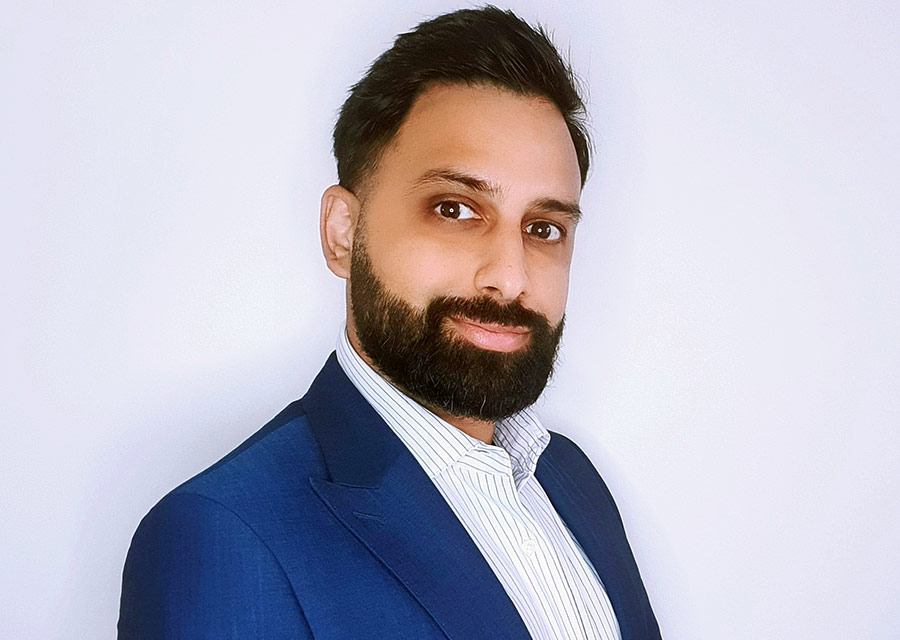
While the practice of simulation education in healthcare and other industries is well established, it is a new and exciting concept when applied as a training tool in pathology. Head of Blood Transfusion, Aarondeep Singh Gill is a keen exponent of the practice and has recently spoken nationally about his experiences of being a pioneer in developing this concept.
Aarondeep explains that traditionally, lab training is conducted through a series of theoretical questions and observations that are demonstrated, assisted and monitored.
Teams are taught to process by following standing operational procedures. They will be expected to learn these over time before being assessed as competent.
Simulation training is much more realistic and involved. It not only increases people’s knowledge retention but, through the experience of shared learning, can lead to improved ways of doing things and better, safer outcomes for the patient.
“Simulation training lends itself particularly well for Blood Transfusion because we have that clinical connection where there is a direct impact of what happens in the lab, to the outcome of a patient.
No two emergency scenarios will ever be the same in blood transfusion. That’s why training can often take a very long time for topics such as major haemorrhage. Simulation means you can pick very specialised cases or cases that happen very rarely, and create case-based simulations so that people know how it feels before they’re actually exposed to it.”
Closer Working Between Clinicians and Lab Teams
Aarondeep recently designed a simulation training module based on the scenario of an 11-day-old pre-term paediatric patient with a perforated bowel. A patient profile was created along with realistic patient orders and clinical details.
The exercise involved the clinical team working through the scenario together with the lab team. A crucial part of the process takes place after the simulation. The teams are encouraged to share their learnings with each other in a closed loop in which they are able to discuss every aspect of the experience in a safe and supportive learning environment.
“Simulation training really has made a difference to processes on both sides: The clinicians have reviewed how they set out their protocols. The outcome on our side for example, was the design of a Q card for major haemorrhage.”
With the obvious benefits simulation training offers to multi-disciplinary teams, and its effect on patients’ experiences, expect to see the technique being rolled out throughout Sonic Healthcare UK.
